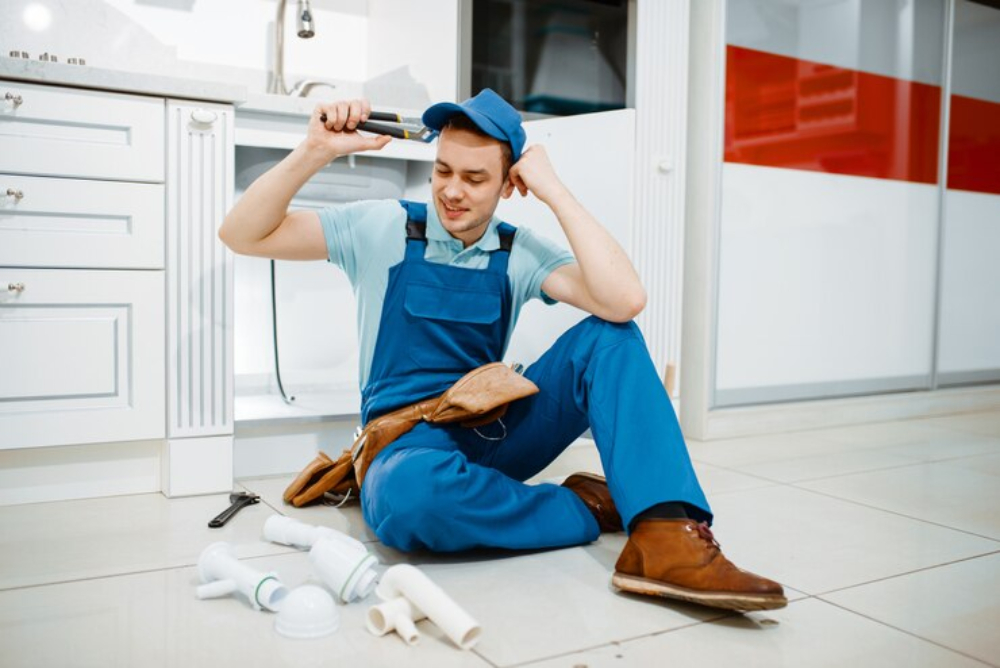
Water is the lifeblood of our planet, but within the confines of our homes, it can become a destructive force. Water damage, whether from a burst pipe, overflowing appliance, or natural disaster, can disrupt your life and cause significant damage to your property.
The aftermath can feel overwhelming, but with the right knowledge and approach, you can navigate the path to recovery and restore your home to its former glory.
Let’s get started!
Top Tips for Recovering from Water Damage in Your Home
Here are our top tips to help you bounce back from water damage and reclaim your haven.
1. Mitigating the Damage
The first few hours after discovering water damage are crucial. Swift action can minimize the extent of the damage and prevent further problems like mold growth. The top priority is to stop the source of the water.
Turn off the main water supply valve if the leak is extensive, or locate and shut off the valve specific to the affected appliance. Once the source is contained, focus on mitigating the damage. Remove any standing water with mops and buckets, and encourage ventilation by opening windows and doors to promote drying.
For carpets and upholstered furniture, remove excess water by blotting with clean towels or rags.
2. Assess the Situation and Call in the Professionals
Once the immediate threat is under control, take a moment to assess the situation. Document the water damage with photos and videos, paying close attention to the extent of the water intrusion and any visible signs of damage.
While you may be able to handle minor cleanup tasks yourself, for extensive water damage, contacting a professional water damage restoration company is essential. These specialists possess the expertise and equipment necessary to effectively dry out your home and prevent further issues.
They can also assess the structural integrity of your property and recommend appropriate repairs.
3. The Power of Professional Water Damage Restoration
A reputable water damage restoration company will provide a comprehensive approach to restoring your home. They will begin by thoroughly extracting any remaining water using specialized drying equipment.
This process helps prevent mold growth and ensures the complete drying of walls, floors, and cavities. Water damage restoration professionals also utilize advanced dehumidification techniques to control moisture levels and expedite the drying process.
In some cases, they may need to remove and replace damaged drywall, insulation, or flooring to prevent further problems and ensure a healthy living environment.
4. Prioritizing Safety and Health
Water damage can pose health risks due to potential mold growth. Mold thrives in damp environments and can trigger respiratory problems and allergies. During the water damage restoration process, professionals will take steps to identify and remove any existing mold.
They may also employ specialized techniques like air scrubbing to remove mold spores from the air. If you have concerns about mold exposure, water damage restoration companies can recommend qualified mold remediation specialists.
5. Insurance and Communication
Recovering from water damage can be a complex process. It’s important to communicate effectively with your insurance company from the outset. Document the damage thoroughly, keep receipts for any out-of-pocket expenses, and work closely with your insurance adjuster to understand your coverage and claim process.
Water damage restoration companies can often assist you with insurance paperwork and ensure a smooth claims process. Remember, open communication with both your insurance company and the restoration professionals is key to a successful and efficient recovery.





